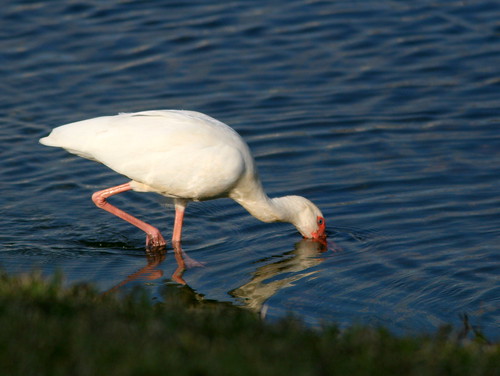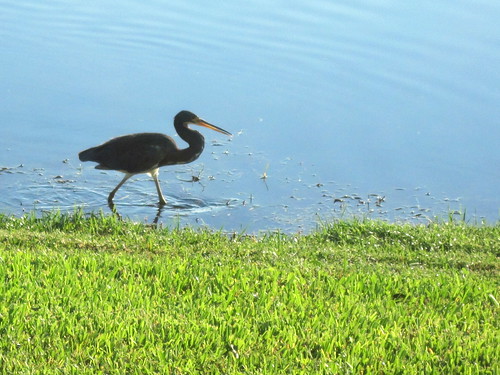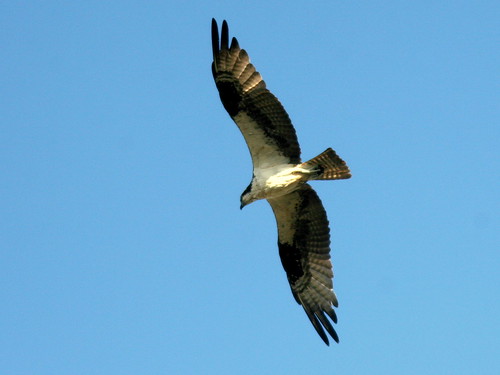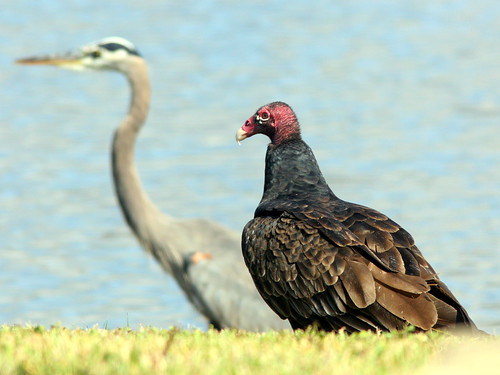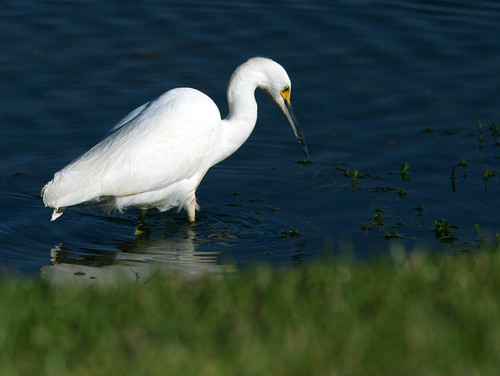South Florida has just undergone a couple of weeks of embarrassingly cold weather. Two Arctic fronts passed through the peninsula, each setting new record low and “low high” temperatures. Near-freezing temperatures and two hard frosts in our neighborhood killed some of our tropical plants despite our efforts to water and cover them. In the Everglades, exotic vegetation froze and then dried up, posing a fire hazard in coming months.
An article in the Sun-Sentinel reported:
A record number of manatees died this year in Florida as last winter’s severe cold snap brought water temperatures below the level the animals need to survive.
The Florida Fish and Wildlife Conservation Commission announced Friday that 699 manatees had been found dead in state waters from Jan. 1 through Dec. 5. Of these, 244 are known to have died from cold, with additional cold casualties suspected among the 271 carcasses recovered without a known cause of death
We live 18 miles inland, right against what is left of the Everglades, so we do not have any manatees near us. We did have an extraordinary fish kill this past January See: Frozen Fish and Scavenging Serpents. Then, most were exotic species such as cichlids, especially tilapia and aquarium species such as Oscars, Plecostomas and mouth breeders that were intentionally or accidentally released. The lack of evidence of a fish kill this time probably means that the cold temperatures were not sustained long enough to cool the water down to the depths. It appeared to me that the fish that died in January were mostly adults. Maybe their fry are more resistant to the cold, or they tend to range deeper in the canals and lakes where the water is warm, or perhaps we are seeing natural selection at work, producing a new breed of exotic fish that will survive under colder conditions.
The weather and the lingering effects of an upper respiratory infection and bronchitis kept me pretty much confined to quarters, so I tried to make the best of the situation by keeping an eye on our back yard. Here in Florida, there are just too many big birds that are easy to photograph. I do miss our former New Mexico home, where our backyard would probably be hosting Evening Grosbeaks, Cassin’s Finches, Red Crossbills, Canyon Towhees and Clark’s Nutcrackers, along with the ever-present Steller’s, Western Scrub and Pinyon Jays, Mountain Chickadees, Gray-headed Juncos, Bushtits, Juniper Titmice etc etc. No surprise– I especially like to photograph the “little guys.” However, here are a few recent images of the big Florida birds, some so close that they overfill my telescopic lens..
A Little Blue Heron flies past our patio:
Another Little Blue probes the opposite shore of our lake: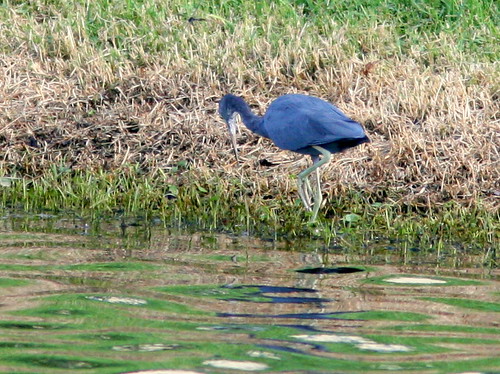
A Tricolored Heron settles down and does some fishing in our back yard:
An Osprey hunts for fish over our lake:
I looked outside to find vultures eating something at the edge of our lake.
Close-up of the Turkey vulture (I assume his mother loves his face):
Close up of a Great Blue Heron that was mingling with the vultures:
Also on the opposite shore, a more distant Tricolored Heron, typically doing an animated high-step:
A Double-crested Cormorant picks an unusual perch (its plumage also appears to be sculpted):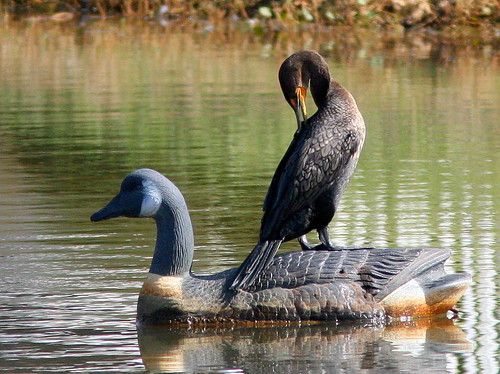
Then, a Muscovy Duck displaces the cormorant. The decoy serves as a float for the intake of a neighbor’s lawn sprinkler system intake: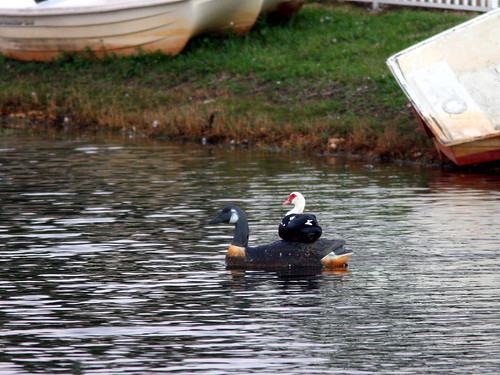
A Great Egret walks along the back edge of our lawn: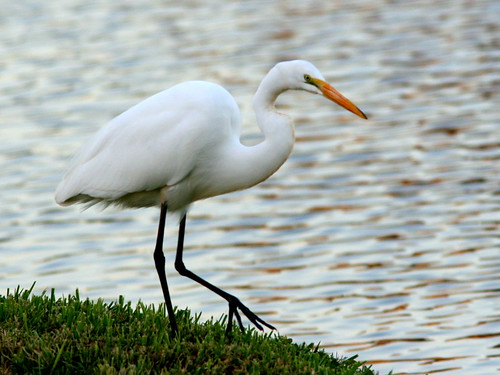
A smaller Snowy Egret in waning evening light:
Nearby, an adult White Ibis. Like the Snowy Egret and the Wood Stork, they sometimes stir the water with their feet to startle fish out of cover:
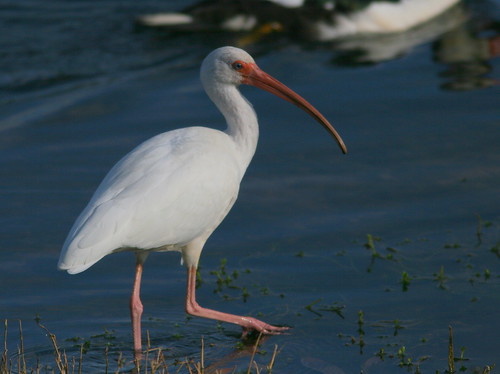
As does the Wood Stork, the White Ibis feeds by touch rather than sight. Water must be between 4-7 inches deep in order for this technique to be most successful. They also probe in soft earth: